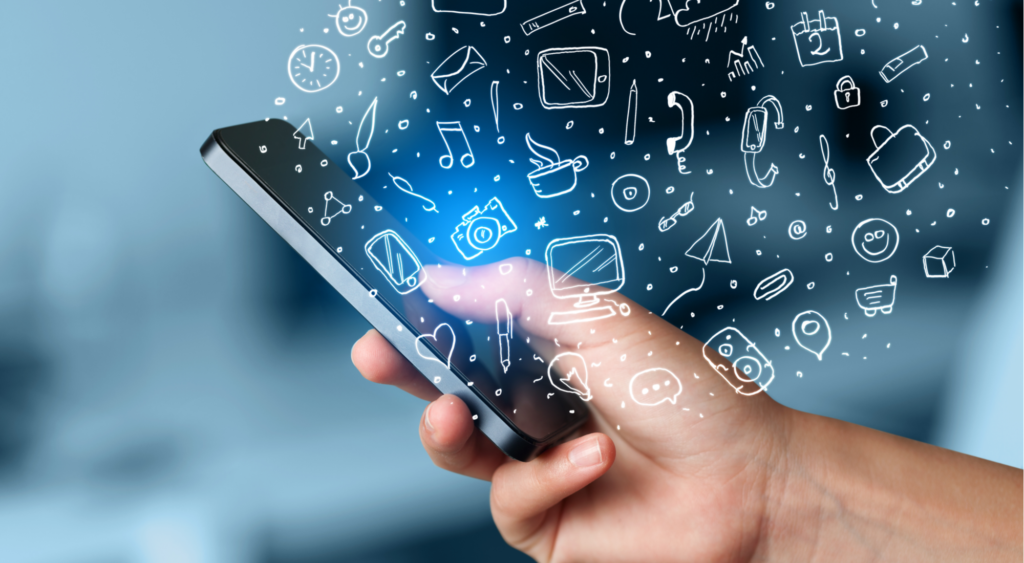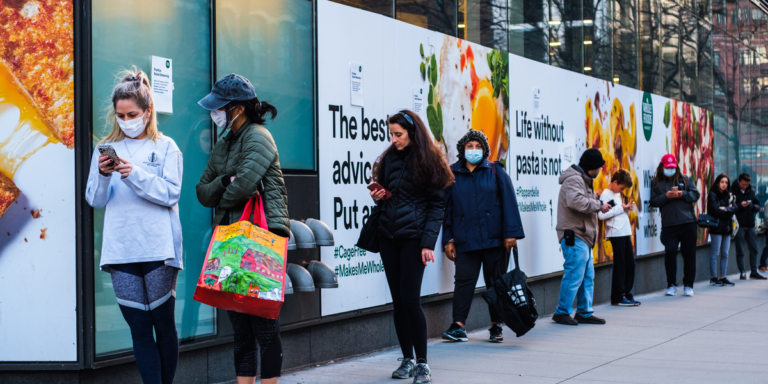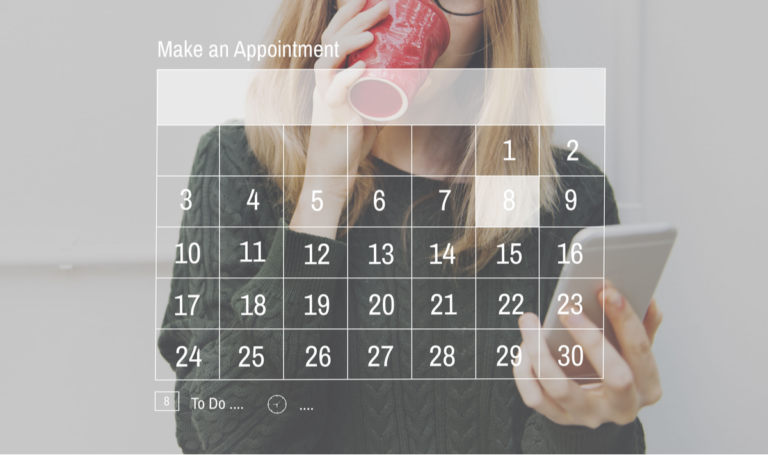Appointment scheduling software used to seem like a niche way of interacting with clients in the retail space, but with Covid-19 ending the era of drop-in shopping, it might just become the new normal.
While some companies have been operating using scheduling software for quite some time, many retailers are new to this personalised and highly structured way of doing business with customers, with new focuses on efficiency and safety.
As the latest in retail trends such as curbside pickup and grab-and-go, appointment scheduling could change the way we shop indefinitely.
There are many benefits to using appointment scheduling for both the consumer and the retailer. For the consumer, appointment scheduling allows for a highly personalized shopping experience and a lot of attention from the retailer.
Appointments often give the consumer the flexibility to choose when and where they want to shop, and if they wish to visit the store in person or over the phone. They also create a safe environment during Covid-19 with very few people to interact with throughout the experience.
For the retailer, appointment scheduling can help drive foot traffic back into stores, allowing consumers to come in and shop with limited people and therefore have a very attentive shopping experience.
The scheduling software also allows retailers to keep track of customer interactions and purchases, creating more opportunities to reach these consumers again in the future. With benefits for both sides, appointment scheduling in the retail space is gaining traction.
These virtual bookings did not begin with Covid-19, though. Retailers such as Apple have been using appointment scheduling software for years to create an efficient and personalised customer experience.
By booking a specific time to speak with sales representatives or tech support in the store, customers can spend a short amount of time in the store and get all the help they need efficiently and effectively.
Apple can keep track of every potential and recurring customer that enters the store, a concept that is not only nice for their future marketing but also highly relevant in today’s climate.
In-store traffic management has never been so important, and it is an issue most effectively regulated by keeping track of every consumer that enters and exits the store.
Using virtual queuing, retailers can help solve this issue and prevent customers from waiting in long lines outside the store. Retailers, including Sainsbury’s and Lululemon, are rolling out initiatives like this to avoid long queues. Customers arrive at the store, give their name and phone number, and then are free to leave and wait for a text message letting them know when they will be next in line and may enter the store.
These initiatives not only allow customers to waste less time in waiting, but also prevent people from assembling outside of stores, potentially creating health risks for one another.
With safety concerns arising as more and more stores reopen their doors to the public, online appointment scheduling and virtual queuing might just be the solution we’ve been looking for to keep consumers and employees safe and healthy.

AUTHOR
Carina Massana Marketing Intern, Scurri



